News 10/12/10
The AMA introduces an online tool to help physicians practices analyze and adjust office fee schedules. Practice Analysis Tools for Healthcare (PATH) allows users to upload fee schedules electronically and compare rates with national averages, gauge compliance with fee rules, and generate reports suggesting fee adjustments. AMA is offering PATH for $199 through the end of the year.
Western Rehabilitation Health Network selects ChartLogic as the preferred EHR for is 115 member locations. ChartLogic was one of the first EHR to to earn ambulatory certification by an ONC-ACTB body (The Drummond Group.)
On September 28th, The University of Virginia Health System launched EpicCare at over 140 outpatient clinics. Prior to going live, the clinics converted and loaded more than 1.8 medical record numbers, 3.3 million radiology results, 18 million document images, and 30 million lab results.
Sansum Clinic (CA) will deploy Medi-Span to its 150 affiliate physicians, giving providers drug information and medication decision support at the point of care.
Aprima Medical Software adds eHealth Technologies as its latest reseller.
Henry Schein Medical Systems announces an expansion of its MicroMD EMR solutions to include specialized clinical content that can be customized for rapid deployment.
Midmark Corporation and SuccessEHS announce the integration of the Midmark IQspiro digital spirometer with the SuccessEHR (formerly CareRevoloution) PM and EHR solution.
For those keeping track at home: HIStalk Practice traffic grew 11% in September compared to a year ago. YTD, views are up an average of 21% compared to 2009. If you are interested in joining a great group of sponsors, drop me a note. And if you are not on our e-mail subscriber list, sign up on the top right. Thanks for reading and thank you sponsors for your fantastic support.
The Ohio State Medical Association (OSMA) publishes a toolkit advising physicians of best practices when it comes to social media in the medical office. The guide includes tips for physicians and their staff to stay within legal and ethical boundaries when using social media tools.The toolkit also provides some handy resource documents, including a sample “Prohibited at Work” form outlining social media do’s and don’ts for office staff. And of course it addresses the age-old question: should I “friend” my patients?
Here’s a new social media trend that OSMA may not have covered. Health care providers are trying to attract new patients using tools such as Groupon and Living Social, which offer e-mail subscribers up to 24 hours to purchase services or products for 50 to 90% discounts. So far most of the healthcare deals are for services not traditionally covered by insurance, such as eye exams and teeth-whitening. I personally love the Groupon concept for restaurants, and even purchased one for a facial. However, it’s probably not a great way for an orthopedic surgeon to find more knee replacement patients.
For practices needing patient-center medical home resources, you might check out TransforMed’s Delta Exchange, an interactive, provider-only online community. TransforMed, which is a subsidiary of AAFP, offers Delta Exchange members a variety of resources including information on medical homes best practices, interactive webinars, and several forms and templates for streamlining office processes.
Physicians are still not embracing e-mail as a way to communicate with patients according to this recently release study. The report, which was based on a 2008 survey, finds that only 35% of physicians are equipped for email and less than 20% of those regularly e-mailed with patients. That translates to an overall e-mail communication rate of less than 7% for all all office-based physicians Reimbursement and privacy concerns were among the top reasons for doctors’ reluctance to embrace e-mail communication with patients.


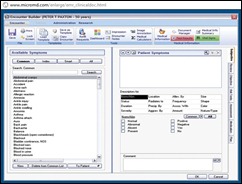
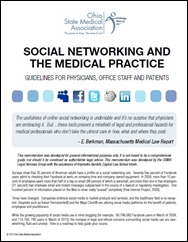


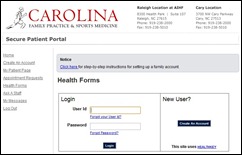
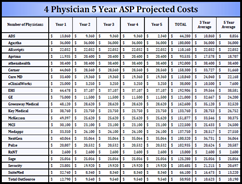
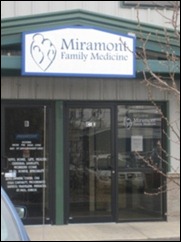


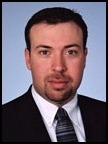
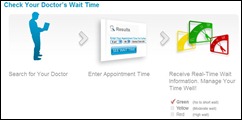


The article about Pediatric Associates in CA has a nugget with a potentially outsized impact: the implication that VFC vaccines…